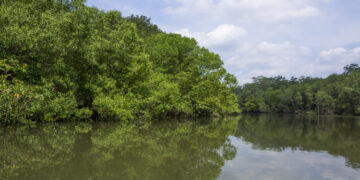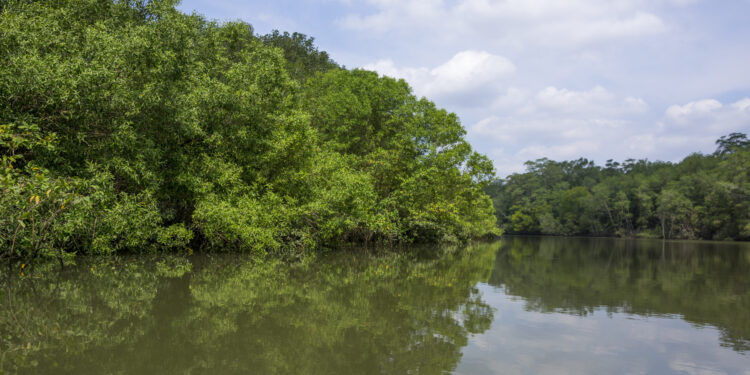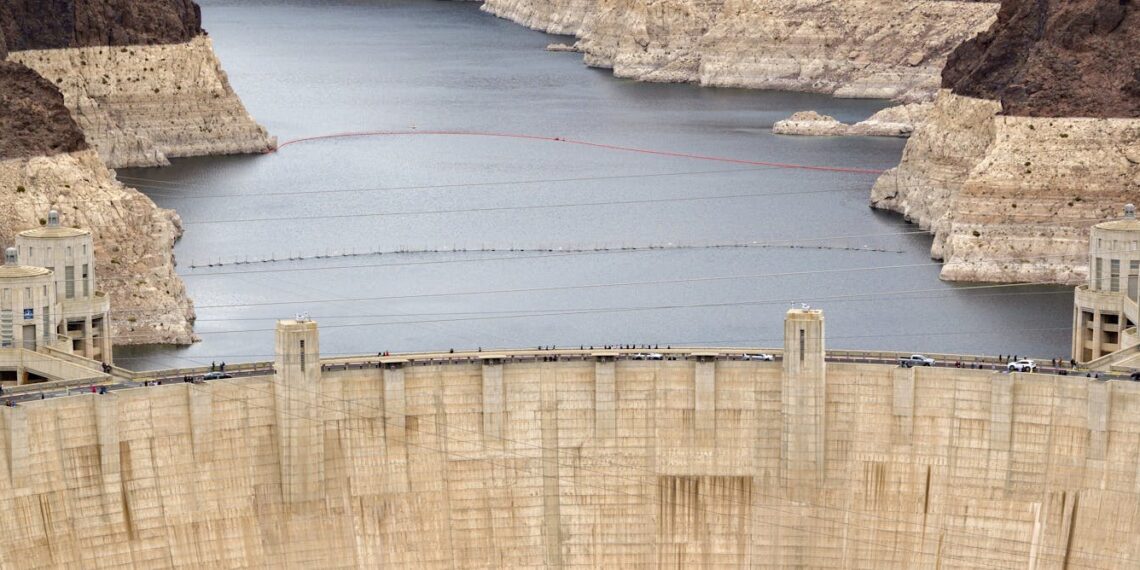Login to Continue Learning
As diplomats and activists scramble to secure hotel rooms for the next U.N. COP30 in Belém, Brazil, one of the biggest challenges our planet faces is protecting the world’s last remaining rainforests—nature’s most powerful climate solution.
Despite 29 previous COPs attended by thousands of scientists, politicians, and activists, forests are still being destroyed at an increasing rate. They fall to massive cattle ranching, palm oil cultivation, illegal logging, mining, land grabs, and man-made fires that ravage the Amazon, Congo Basin, and other regions.
Tropical rainforests are the cradle of life on Earth—and the world’s lungs. By converting carbon dioxide to oxygen at a massive scale, rainforest conservation should be at the forefront of action to save our planet from climate change and ecological collapse. National governments must take responsibility for protecting pristine forests and marine ecosystems.
Fancy billion-dollar carbon capture machines or “breakthrough” technologies will never come close to the power of old-growth tropical rainforests in protecting biodiversity and providing oxygen essential for survival.
This year, the destruction of the Amazon and Congo Basin has reached its highest level in decades. Southeast Asia’s rainforests are rapidly disappearing, pushing our planet’s limits as oceans rise, global warming accelerates, catastrophic extinction events occur, desertification spreads, and urban development and land use become unsustainable.
Developing countries like Panama show that saving our rainforests is possible. Since last year, the newly elected government of President José Raúl Mulino has taken unprecedented steps to protect Panama’s rainforests, wildlife, and marine ecosystems.
Panama enacted a province-wide illegal logging moratorium in Darien, hired 240 new national park rangers with necessary equipment, and used satellite monitoring, marine radars, cellular trail cameras, and EarthRanger and Skylight systems to enhance protection. The government is supporting Indigenous communities like the Naso Kingdom to protect their Comarca territory.
Another critical policy response focuses on restructuring the Environment Ministry to remove ineffective officials and return to fieldwork to build awareness among Panamanians about protecting natural treasures.
Panama also protects the Eastern Tropical Pacific Marine Corridor (CMAR), one of the world’s largest marine reserves. By using satellites, 16 illegal fishing boats were interdicted last month in the Cordillera de Coiba Marine Protected Area, the country’s biggest bust.
Unlike other governments dependent on U.S. and European aid, Panama finances nature protection from its own government budget, with outside help serving as critical co-investment rather than handouts.
Global Conservation supports Panama by training rangers for Darien National Park and Coiba National Marine Park, installing powerful marine radar systems to identify and interdict illegal fishing within the marine reserve.
While Panama still faces significant conservation challenges, it is well on its way to meeting them head-on. Taking concrete steps to protect forests and securing real budgets for enforcement represents a revolution in nature protection.
Other nations must show how to get things done now as diplomats prepare to travel to Belém and argue over climate change at COP30. The Panama Solution offers an example of immediate, effective rainforest and marine protection by a small developing nation, replicable worldwide. The time is now to be bold and protect our forests and seas—our greatest nature-based solution to the climate crisis.
Juan Carlos Navarro is Minister of Environment of Panama.
Jeff Morgan is Executive Director of Global Conservation.
The views expressed in this article are the writers’ own.
📚 Reading Comprehension Quiz
Which of the following is identified as one of the biggest challenges in protecting the world’s rainforests according to the passage?
Please login or register to take the quiz and earn points!



















